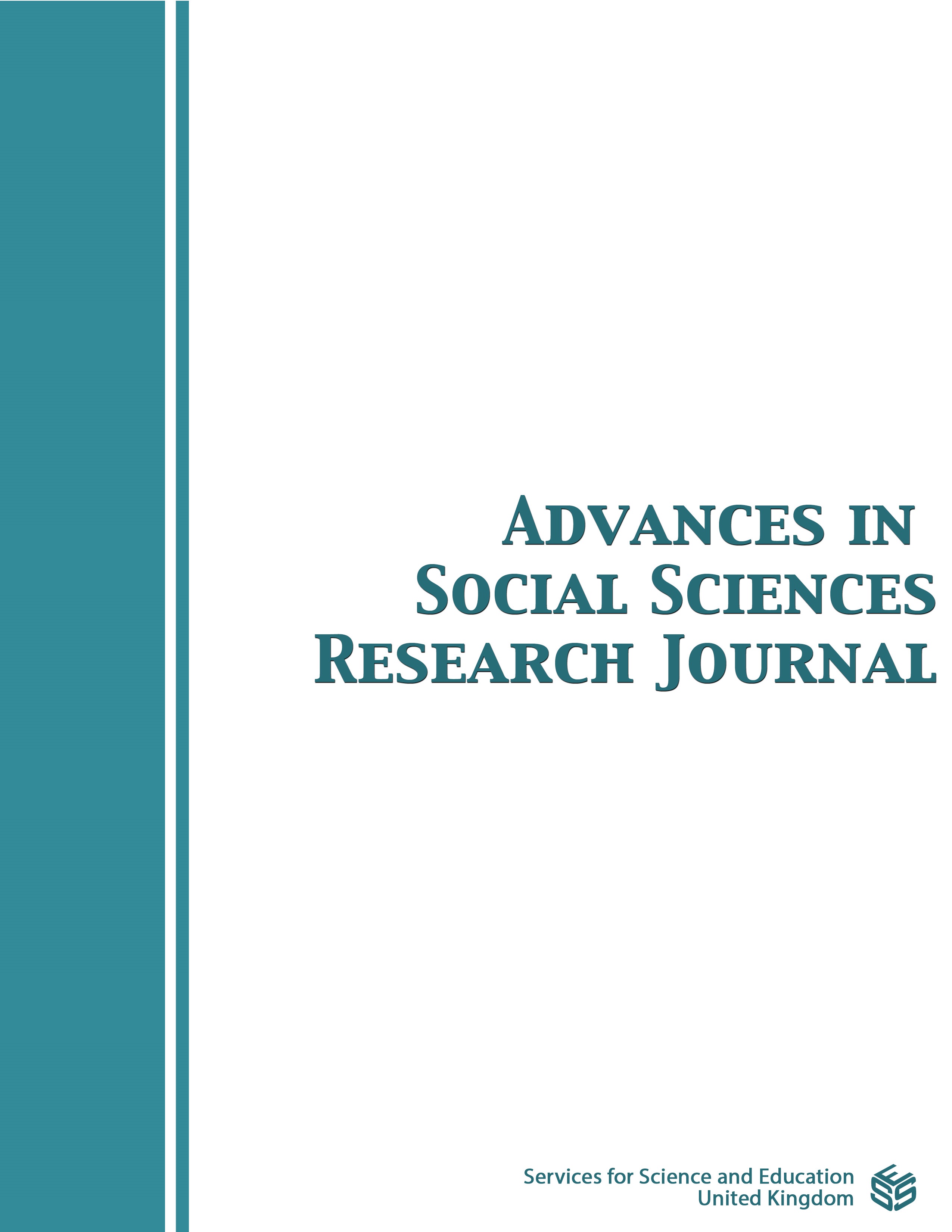Customer Acceptance for Self-Service Technologies in Malaysian Fast-Food Restaurants: An Empirical Study
DOI:
https://doi.org/10.14738/assrj.119.17577Keywords:
Self-service technologies, Customer acceptance, Technology Acceptance Model, Fast-food industry, Perceived usefulness, Perceived ease of useAbstract
Recently, the fast-food industry has witnessed an increase in adopting self-service technologies (SSTs) intended to offer customers increased convenience and efficiency. This study seeks to find out the factors influencing customer acceptance of SST in fast food restaurants in Melaka, Malaysia, using the Technology Acceptance Model. For that purpose, a structured questionnaire was presented to 350 customers of fast food and this data was analyzed by descriptive and inferential statistics. A test of the hypotheses revealed that perceived ease of use (PEOU) and perceived usefulness (PU) are highly significant predictors of customers' attitudes toward using SSTs (ATU). More specifically, PU indicates stronger effects on acceptance such that customers are more willing to use SSTs when obvious practical benefits would be achieved from them regarding faster services and greater accuracy in placing orders. The findings also indicate that younger, highly educated customers with previous experience with SSTs are more likely to accept this innovation. These insights go a long way in helping the operator of fast food to design a better customer experience using technology-driven solutions. This covers the improvement of user interfaces, the emphasis on the practical benefits of SSTs, and tailoring marketing strategies to diverse customer segments.
Downloads
Published
How to Cite
Issue
Section
License
Copyright (c) 2024 Isma Addi Jumbri, Chai, Miao Li, Albert Feisal @ Muhd Feisal Ismail, Fauziyah Nur Jamal, Dian Kurnianingrum, Mulyani Karmagatri

This work is licensed under a Creative Commons Attribution 4.0 International License.
Authors wishing to include figures, tables, or text passages that have already been published elsewhere are required to obtain permission from the copyright owner(s) for both the print and online format and to include evidence that such permission has been granted when submitting their papers. Any material received without such evidence will be assumed to originate from the authors.






